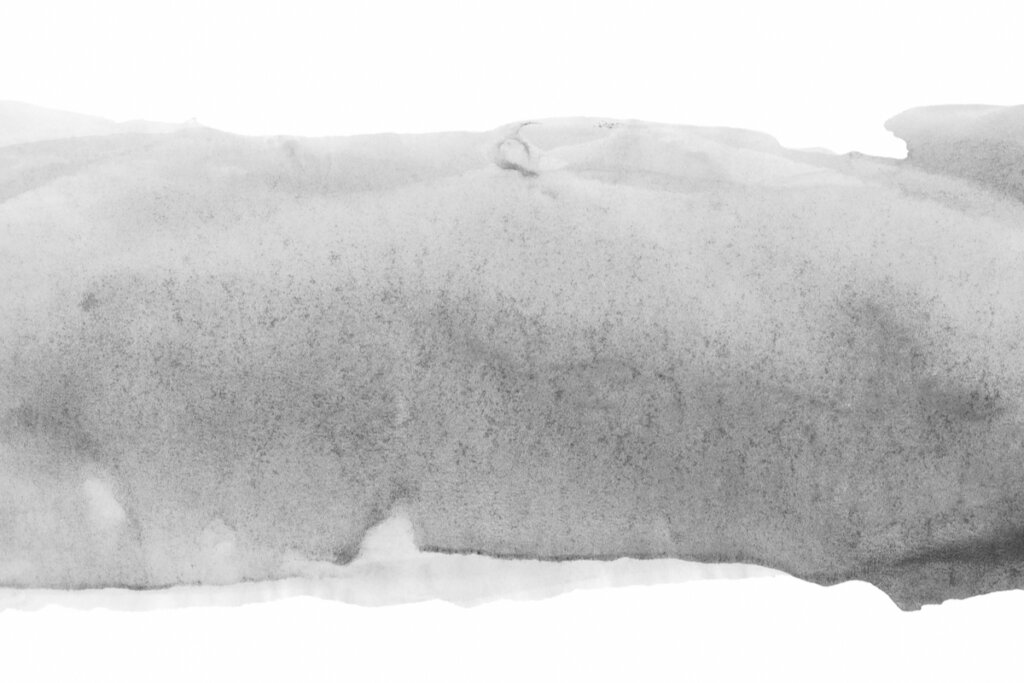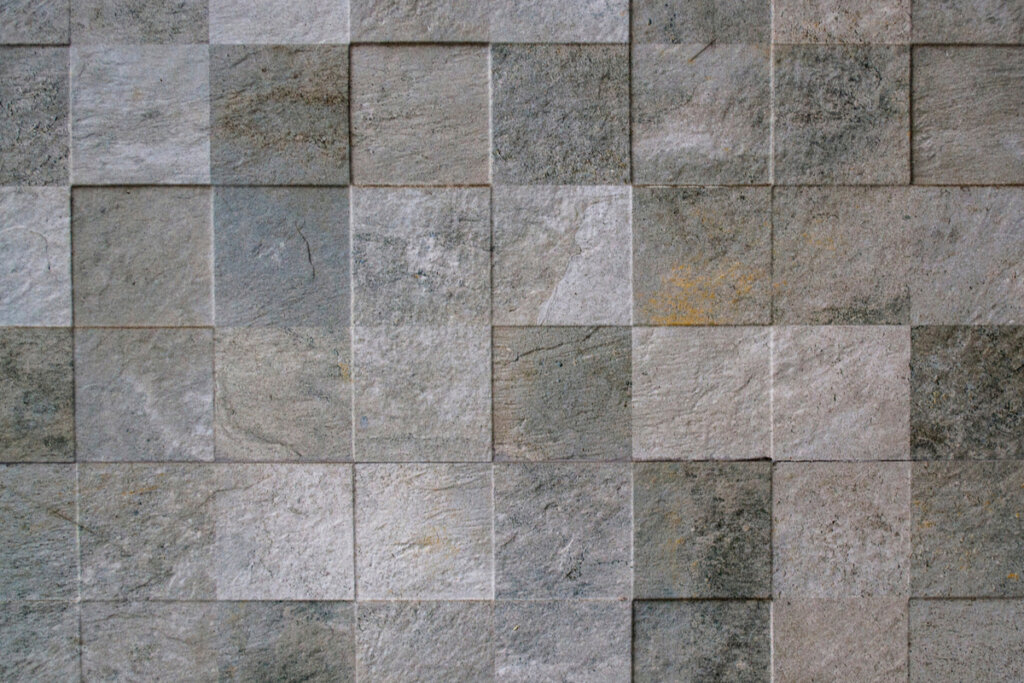What Does the Color Gray Mean In Psychology?

The meaning of the color gray is very particular. In fact, while black and white evoke absolute and radical ideas, the midpoint of gray is usually associated with sadness and monotony. It’s the color that resides between light and darkness, with no particular nuances to shine it up and make it special.
On the other hand, gray is also associated with balance, since it’s a neutral color on a psychological level. Therefore, it can’t be defined simply as the color of sadness, as it also has other connotations.
If you want to know more about gray and its effect on the human mind, we have some really interesting facts for you. As a matter of fact, you’ll find out it’s rather more complex than it might seem.
Gray color characteristics
Gray can be any shade of luminosity between pure white and black. Although classic gray would be equidistant between these two colors, the entire intermediate range is also considered to be this color.
The perception of this color is produced thanks to the capture of a certain level of luminosity. In fact, it’s the rods in our eyes that are in charge of perceiving gray. These are the cells specialized in capturing ambient light. On the other hand, the cones are in charge of the perception of color.
Gray in itself can’t be considered as a color per se, as, on a physical level it’s only a level of luminosity

Meaning of the color gray
Although it’s not the favorite color of most, gray has its own meaning in culture. In addition, it has a specific effect on the mood and mind. It’s most generally connected with aging. In other words, the deterioration caused by the passage of time. It’s also associated with stone: cold, immutable, and stable.
However, when it comes to personality, gray is often used to indicate indecision and weakness, as well as lack of ambition and apathy.
Gray is also associated with the idea of a certain progressive loss. For example, the kind observed with aging. Or, for example, rainy and cloudy days, when luminosity decreases. Furthermore, when it’s mentioned that a city is gray, it often signifies a polluted environment with a lack of vegetation which, in turn, calls for melancholy and sadness.
Positive connotations
However, the color gray also has some positive connotations. In fact, just as the passage of time on the body can be seen as deterioration leading to death, wisdom and experience are also part of the same process.
Gray conveys a feeling of being sober and emotionally stable. This generates tranquility and feelings of protection, as it alludes to the positive aspect of those whose behavior is predictable.
From a moral perspective, the neutrality of this color represents the ability to value different points of view, increasing the probability of impartiality. It’s linked to modesty, self-control, and intelligence. In fact, it represents the often reasonable midpoint between the extremes of two ideas.

Practical uses of the color gray
All these projections of the color gray have a specific use in everyday life. Since it evokes the passing of time, this feeling of immutability is used to represent tradition and sophistication. Some of the areas where you will see this color most often are the following:
- Marketing. In this field, it’s used to try to convey security and reliability. You’ll find it in brands that profess classic values and want to give an elegant and successful air to their products. For example, jewelry and high-end cars. It’s also common to find it in technological products.
- Fashion. Gray is used to avoid attracting attention, to try and generate feelings of sobriety and elegance. Furthermore, it’s often used to contrast with other colors or as a form of camouflage.
- Art. As in the previous point, its combination with colors helps to generate a contrast between containment and expressiveness. When interior designers use gray, they’re usually seeking an intermediate point between the ornate and the ordered.
Gray is a color that, although it may seem boring, includes a huge range of hues. Hopefully, after reading this article, you’ll feel more attracted to it. That’s because what’s meaningful to you usually ends up being more attractive to you as well.
All cited sources were thoroughly reviewed by our team to ensure their quality, reliability, currency, and validity. The bibliography of this article was considered reliable and of academic or scientific accuracy.
- Heller, Eva (2004). Psicología del color. Cómo actúan los colores sobre los sentimientos y la razón. Ed. Gustavo Gili.
- Hupka, Ralph B.; et al. (1997). “The colors of anger, envy, fear, and jealousy: a cross-cultural study”. Journal of Cross-Cultural Psychology.
- Díaz Soto, E. P. (2015). El color como estrategia de persuasión en el mundo de la publicidad. Licenciatura en Diseño Gráfico.
This text is provided for informational purposes only and does not replace consultation with a professional. If in doubt, consult your specialist.








